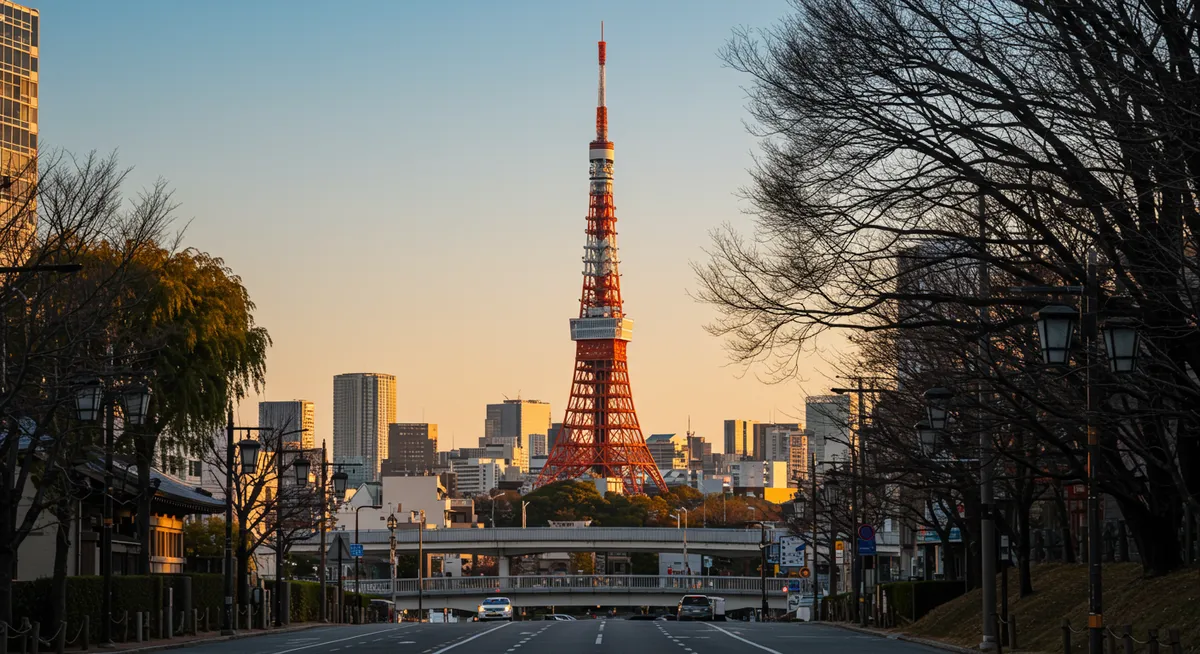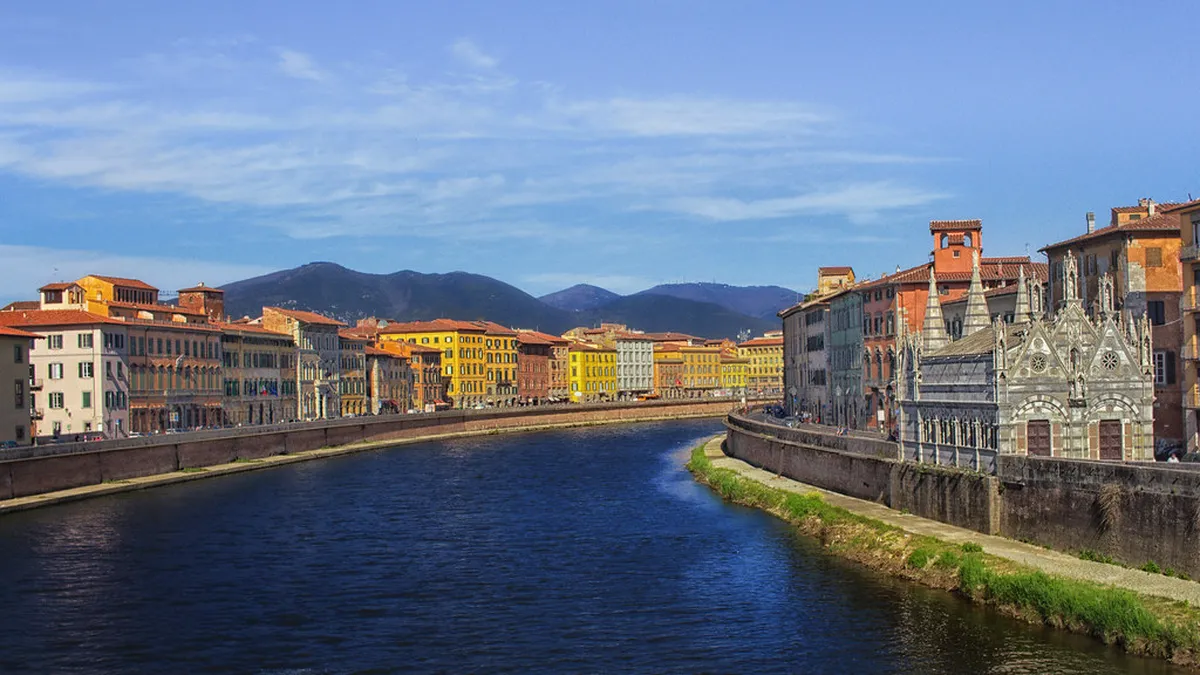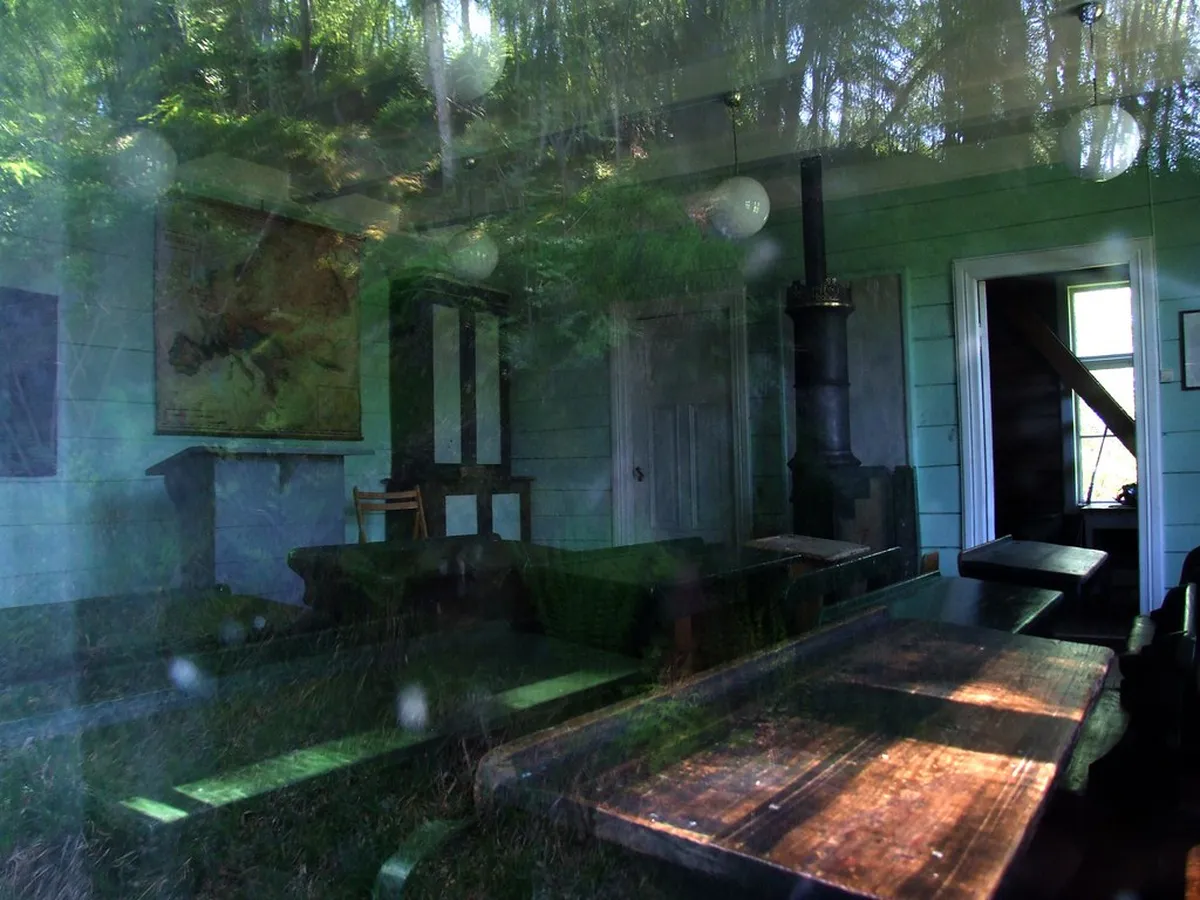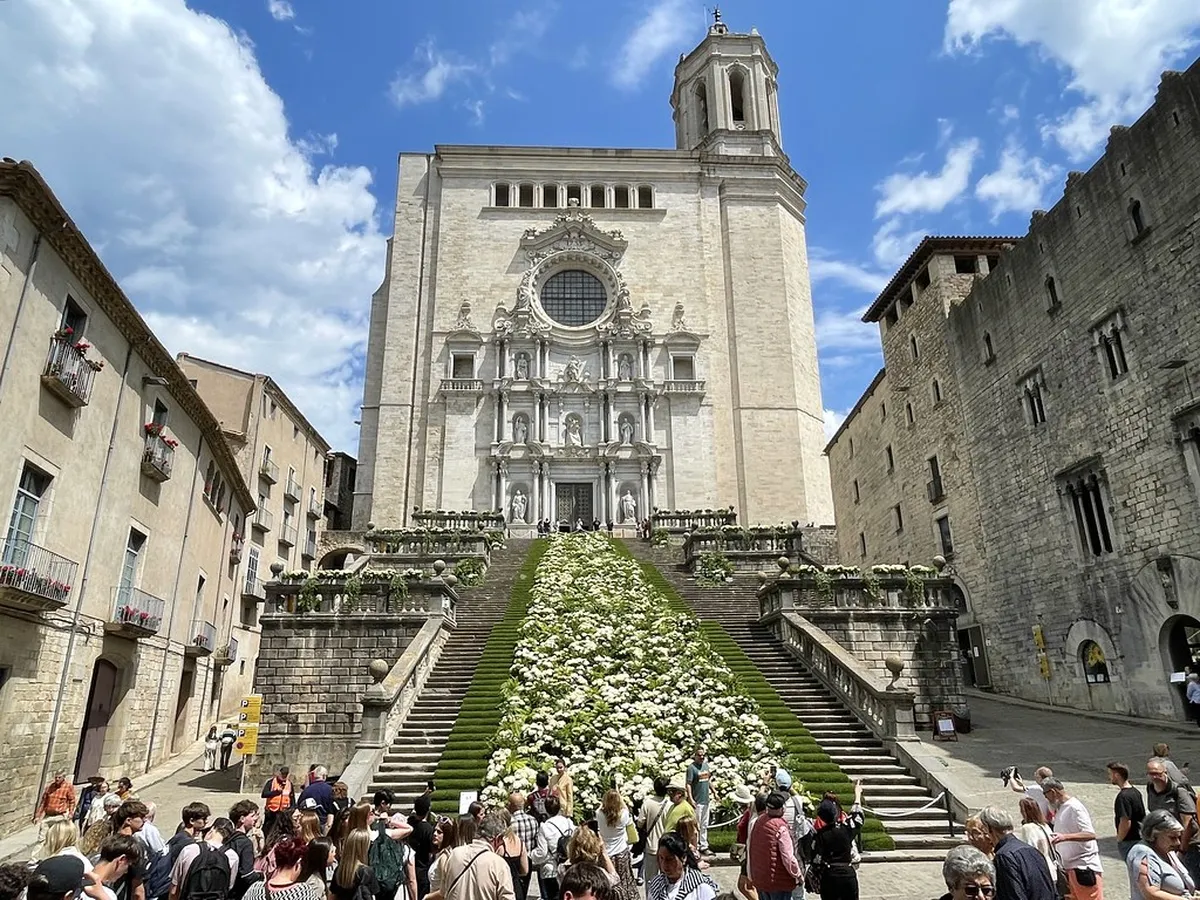Unveiling Edo: Tokyo's Historic Core
My personal fascination with Japans rich history often leads me to explore its past, and few cities offer such a profound journey as Tokyo, particularly when delving into its origins as Edo. Before it became the bustling metropolis we know today, Tokyo was Edo, a name steeped in tradition and significance. This ancient city, founded over 400 years ago, served as the center of power during the Tokugawa shogunate. Understanding Tokyo in days of yore 3 letters which is Edo is key to appreciating the layers of history beneath modern Tokyo's impressive skyline, allowing you to trace its profound evolution. Find the best shopping experiences with our Tokyo shopping guide.
The Enduring Legacy of Edo Castle
When you seek to understand Edo, begin at the heart of its power: Edo Castle. While the original castle no longer stands, the Imperial Palace East Garden offers a serene glimpse into its former grandeur. Walking through these meticulously maintained grounds, I often imagine the shoguns and samurai who once strode these very paths. These grounds, nestled in central Tokyo, embody the enduring legacy of the Tokugawa shogunate and the city's feudal past. Furthermore, nearby Kitanomaru Park, now home to modern cultural facilities, once served as a defensive outer enceinte. For comprehensive advice on navigating the city, check out our general Tokyo travel guide. Map out your exploration with our Tokyo itinerary.
Asakusa's Senso-ji: A Glimpse of Old Edo Life
To experience the vibrant spirit of Edo, there's no better place than Asakusa, particularly around the iconic Senso-ji Temple. As Tokyo's oldest temple, it dates back to 645 AD and its Nakamise-dori market street feels like a direct portal to old Edo, bustling with traditional craft stalls and street food. My personal tip: visit early in the morning to enjoy the tranquility before the crowds arrive. This area truly encapsulates the atmosphere of a bustling feudal town, contrasting beautifully with the modern city surrounding it. Its a vital stop for anyone crafting their Tokyo itinerary, blending spiritual heritage with lively commerce. Map out your exploration with our Tokyo itinerary.
Traditional Gardens & Samurai Residences
Exploring the tranquil gardens across Tokyo allows one to appreciate the aesthetic sensibilities of the Edo period. Koishikawa Korakuen, one of Tokyo's oldest and most beautiful landscape gardens, was completed in 1629 by a feudal lord and offers stunning views typical of the era. Hama-rikyu Gardens, once a duck hunting ground for the shogunate, features a unique tidal pond and a traditional teahouse accessible by boat. These green oases provide a serene escape and highlight the sophisticated urban planning of historical Tokyo. Many day trips from Tokyo also reveal similar historical insights, for example explore Tokyo day trips.
Experiencing Edo Culture Today: Museums & Cuisine
🎯 Insider Tip: Discover the best Tokyo experiences with Viator Tours!
Modern Tokyo diligently preserves its Edo roots through various cultural avenues. The Edo-Tokyo Museum, though currently undergoing renovation, offers an unparalleled deep dive into the city's history, showcasing life-sized replicas of Edo-era buildings and artifacts. Furthermore, the culinary traditions of old Tokyo persist. Many beloved dishes, like tempura and soba, originated in Edo as quick, accessible street food for the common folk. Learning about these traditions truly enhances the travel experience, connecting you to the past. For those looking to take a piece of Edo home, explore traditional crafts in areas featured in our Tokyo shopping guide.
Frequently Asked Questions
💡 Pro Tip: Book your Tokyo adventures in advance through Viator for the best deals!
What does 'Edo' mean in relation to Tokyo?
Can visitors still see remnants of Edo in modern Tokyo?
What was daily life like in Edo period Tokyo?
From the serene landscapes of its historic gardens to the bustling energy of its traditional districts, Edo lives on in modern Tokyo. Exploring these facets allows you to peel back the layers of time, revealing the rich history beneath the gleaming skyscrapers. By visiting sites that embody Tokyo in days of yore, you gain a deeper appreciation for this incredible city's resilience and evolution. Take the time to discover Edo; it truly enriches your understanding of Japan.
Authored by an experienced travel writer, dedicated to helping you discover the world's most captivating destinations. Find more travel insights at Itimaker.com/about or Itimaker.com/contact.



